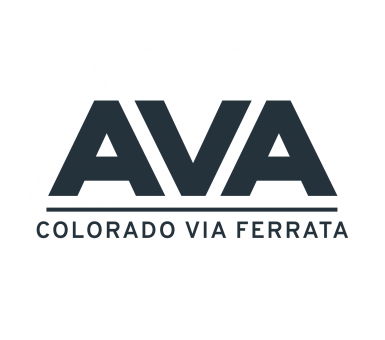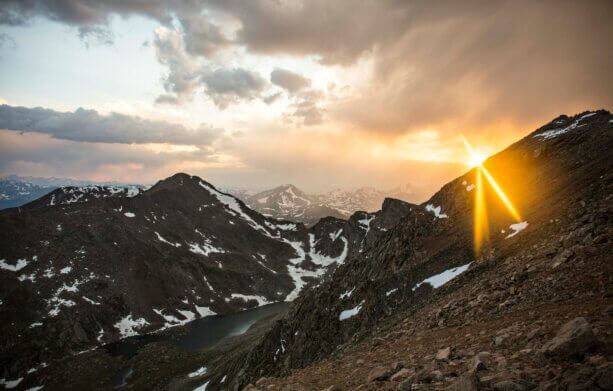Home of the worlds first Via Ferratas, Italy offers some of the best climbing and vistas in the world. Via Ferrata, directly translated, is Italian for ‘Iron Road’. Originally designed to make mountain travel easier for war, Italy’s first Via Ferratas were built during World War One and fought over between the Italians and Austrians. Many of today’s Via Ferratas have these historical roots (although have since been updated). A trip up one of these historical Via Ferratas with an experienced guide will reveal its historical background, painting a vivid picture of critical moments in Italian history of the past century. While some routes are accessible during the winter months, it is advisable to climb between may and early October. For the best experience, go on a warm clear day so that you may take full advantage of Italy’s gorgeous high alpine vistas.

Delgi Alpini Via Ferrata – Image courtesy of Dolomiti SkiRock
Italy’s vast array of Via Ferrata’s today includes something for everybody. Beginners will find easier routes throughout the Dolomites, while experienced climbers will find longer, more technical routes as well. The Degli Alpini Via Ferrata in Cortina is a world-renowned Via Ferrata that is great for inexperienced climbers. The entire course takes about five hours, making it quite adventurous yet not quite so strenuous that it will test most people’s limits. Via Ferratas are one of the best ways to experience the Dolomites due to the lack of technical skill required to climb them and the otherwise inaccessible terrain that they offer access to. The Dolomites in particular feature many steep spires and difficult to navigate mountains that require this type of gear to summit. A great historical route for experienced climbers, from 1912, is called the Via Ferrata Mesules. It is highly recommended to climb this route with a guide due to its difficulty level.

Via Ferrata Mesules – Image courtesy of Pinterest
If you are visiting Italy, you must experience its great culture and find a good place to stay to climb its Via Ferratas. The Great Dolomite Road crosses a large portion of the Dolomites, making most towns along this major highway a safe bet for lodging for tourists. Cortina D’Ampezzo is of note, an exclusive mountain town that is one of the most renowned and elegant towns in the Dolomites. Come here if Italian culture, cuisine, and comfort are of equal or greater importance to climbing to you. Here you will meet people from all over the world, as it is one of the world’s premier alpine destinations. Bolzano, referred to as ‘The gateway to the Dolomites’ is the Capitol of the region and a large city. For those looking for city life to be paired with their mountain adventure this can be a good option, particularly due to the abundance of lodging options.

Image courtesy of The Crazy Tourist
The Italian Dolomites have their own cuisine that will certainly be much needed after a long day of climbing mountains. Try a taste of the land with some Stambecco (mountain goat) or Cervo (venison). Polenta is also quite common in the Dolomites and is prepared in dozens of seasonal ways. If you end up hiring a guide, ask him about his favorite local dishes!
Ready to try a Via Ferrata? AVA has two of them! Try the Mount Evans Via Ferrata located just 30 minutes west of Denver in Idaho Springs, or for a true Colorado Rocky Mountain adventure head to Buena Vista for our Granite Via Ferrata.



 TWITTER
TWITTER
